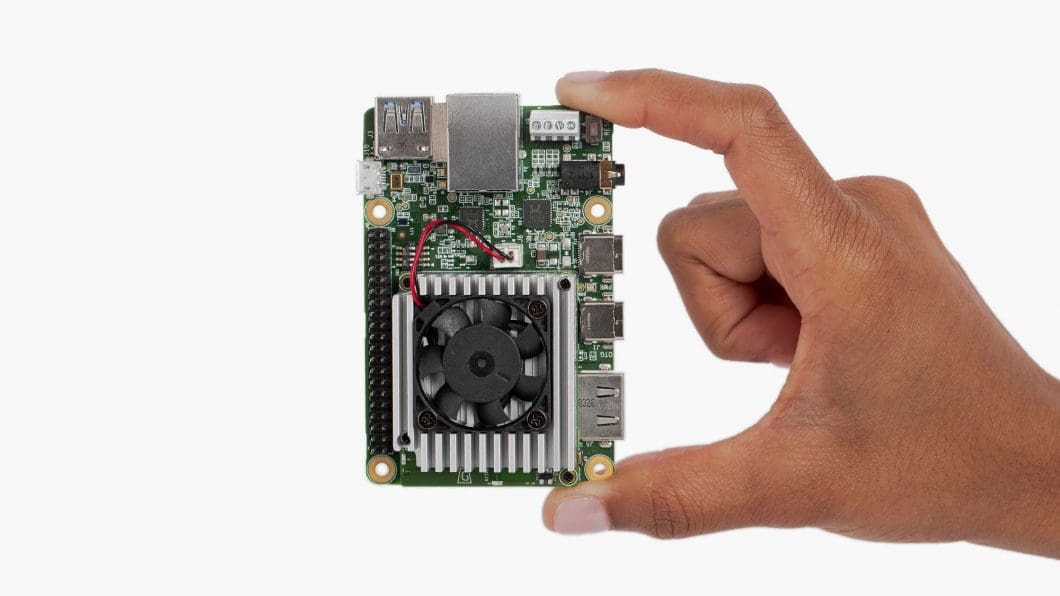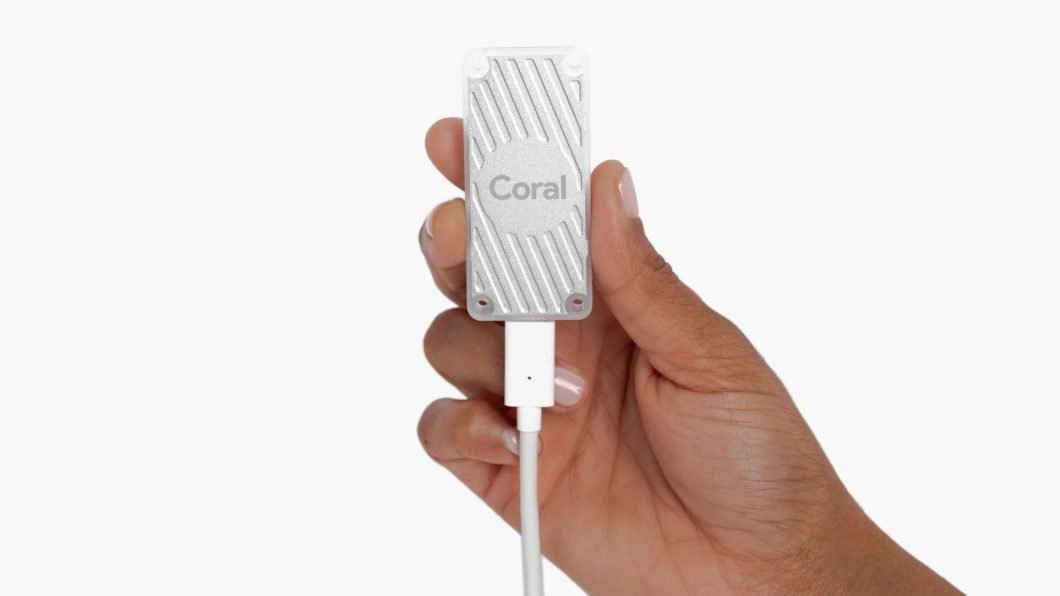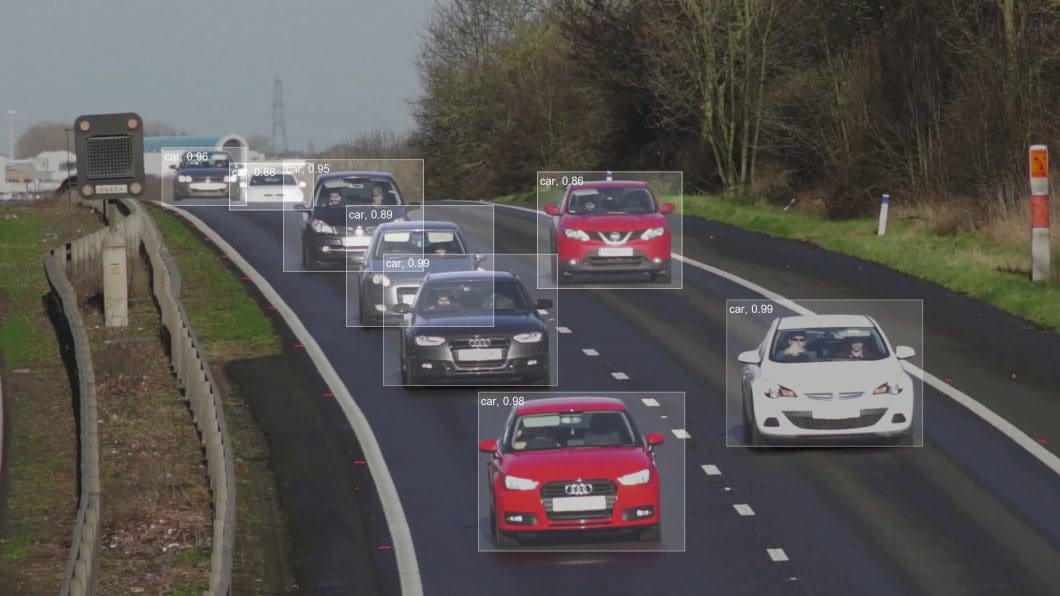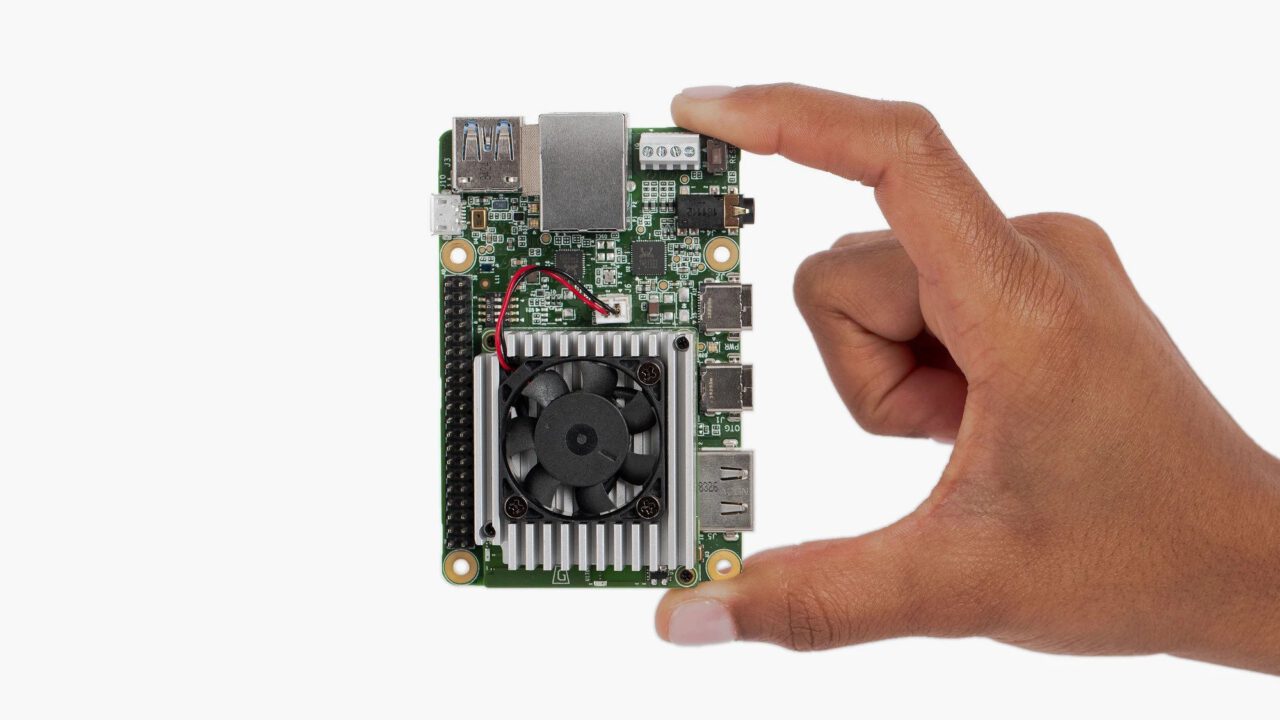AI performed in real-time, at the edge, is integral across many industries. In this article, we present Google Coral and its on-device Edge AI with its TPU (Tensor Processing Unit) computing capabilities. Edge AI allows for faster data processing and decision-making by performing computations locally on the device as opposed to relying on cloud servers. This reduces latency, enhances privacy by keeping data on-device, and enables efficient bandwidth use.
Google Coral’s solutions are particularly valuable in applications such as smart cities, healthcare, manufacturing, and retail, where immediate data processing and insights are critical. We will explore the various features of Google Coral and the benefits of enabling robust, real-time AI applications at the edge.
What Is Google Coral?
Google Coral is an edge AI hardware and software platform for intelligent edge devices with fast neural network inference. Coral is Google’s initiative for pushing into Edge AI, with machine learning devices that run without a connection to the cloud.
The Coral devices are based on the Edge TPU co-processor (Tensor processing unit), a small ASIC (application-specific integrated circuit) from Google. The Edge TPU was specifically designed to power state-of-the-art neural networks at high speed, with a low power cost.
History of Google Coral TPU
There was a surge in specialized hardware designs in the last decade as a result of diminishing returns in processor performance from the end of Moore’s Law. As a result, many companies such as Google, Microsoft, Amazon, Facebook, and Apple started to invest heavily in designing specialized hardware to improve the efficiency of computing in their core business. In addition, the increased demand for specialized hardware led to a growing market for hardware start-ups.
Following this trend, Google started to deploy Tensor Processing Units (TPUs) in 2015 to accelerate machine learning inference in data centers. In 2017, Google introduced TPUV2. The following year, Google introduced Edge TPU accelerators for machine learning at the edge. These Edge TPUs aim at delivering high-performance acceleration within tight physical and power budgets. Since then, Edge TPUs have been used in various Google products such as Coral and Pixel phones.
The Edge TPU ecosystem enables various design explorations of architecture configurations since it is built with full parametrization across the computing stack.
Using Google Coral TPU for Computer Vision
Google Coral devices can run machine learning models for Object Detection, such as TensorFlow, to detect objects in video streams. A pre-trained AI model can be deployed to the device, using a local video camera as the input. The Coral Edge TPU will detect objects locally without having to stream the video to the cloud.
Google Coral offers two main AI hardware and accelerator products that are optimized for Edge Intelligence Solutions, especially AI inferencing on the edge:
1.) Computing Device: Single-board computer
A standalone Development Board that includes the System-on-Module (SoM) and is a ready-to-use edge computing device.

2.) AI Accelerator Module: USB accessory
A separate TPU accelerator device that can be connected to a PC through USB (USB stick), PCIe, or M.2. connector (Module).

Advantages and Benefits of Google Coral TPU
The Coral Edge TPU boards and self-contained AI accelerators build and power a wide range of on-device AI applications. When using Google Coral for Computer Vision projects, many benefits come with its Edge TPU Technology.
Overall, the scalability is based on an excellent cost/performance ratio. This is essential to build AI inferencing solutions in the field, with many distributed devices in a challenging setting (temporary power and network constraints).
- Privacy-preserving: The Edge AI capabilities allow the processing of visual data locally without streaming it to the cloud. Hence, user data can be kept private, which is critical, especially for powering AI vision applications in the EU or the US.
- Low-power usage: The small single-board computers or USB modules require very little power compared to the rather power-hungry GPU chips. For example, 5 V directly from the USB interface powers the Google Coral USB accelerator.
- High-performance edge ML acceleration allows for fast inference speeds for embedded devices. In addition, AI inferencing for low-power devices enables the use of Edge AI hardware to power large-scale AI solutions.
- Offline capabilities allow the use of Google Coral hardware in the field where connectivity is limited. However, most edge AI devices can provide offline capabilities (built-in storage and robust auto-rebooting capabilities).
- Good Cost per FPS ratio due to the relatively low price for such edge computing devices compared to alternative AI hardware. The USB accelerator costs between 60 and 75 USD, and the single-board computer Dev Board is priced at around 130 USD.
Examples of Real-World Applications With Google Coral TPU
The Google Coral AI hardware can power a wide range of AI inference applications with Tensor processing units (TPUs). The most popular use cases of Coral TPUs are based on computer vision and visual deep learning on the edge.
- Object detection: Detect objects and people (using face recognition) with a real-time video from a camera.
- Pose estimation: Estimate the poses of people or objects based on the detection and tracking of key points.
- Image segmentation: Identify various objects and their location on a pixel-by-pixel basis of a video stream.

What’s Next for Google Coral TPU?
Read more about what you can do with AI hardware and AI accelerators such as the Google Coral TPU.
- What you need to know about Edge Computing
- Read about real-world computer vision applications
- Visit our beginner’s guide to computer vision
- Recent trends in Privacy-preserving Deep Learning
- Learn about Artificial Neural Networks (ANN)
- Neural Radiance Fields (NeRFs): A Technical Exploration
- Typical Workflow for Building a Machine Learning Model
